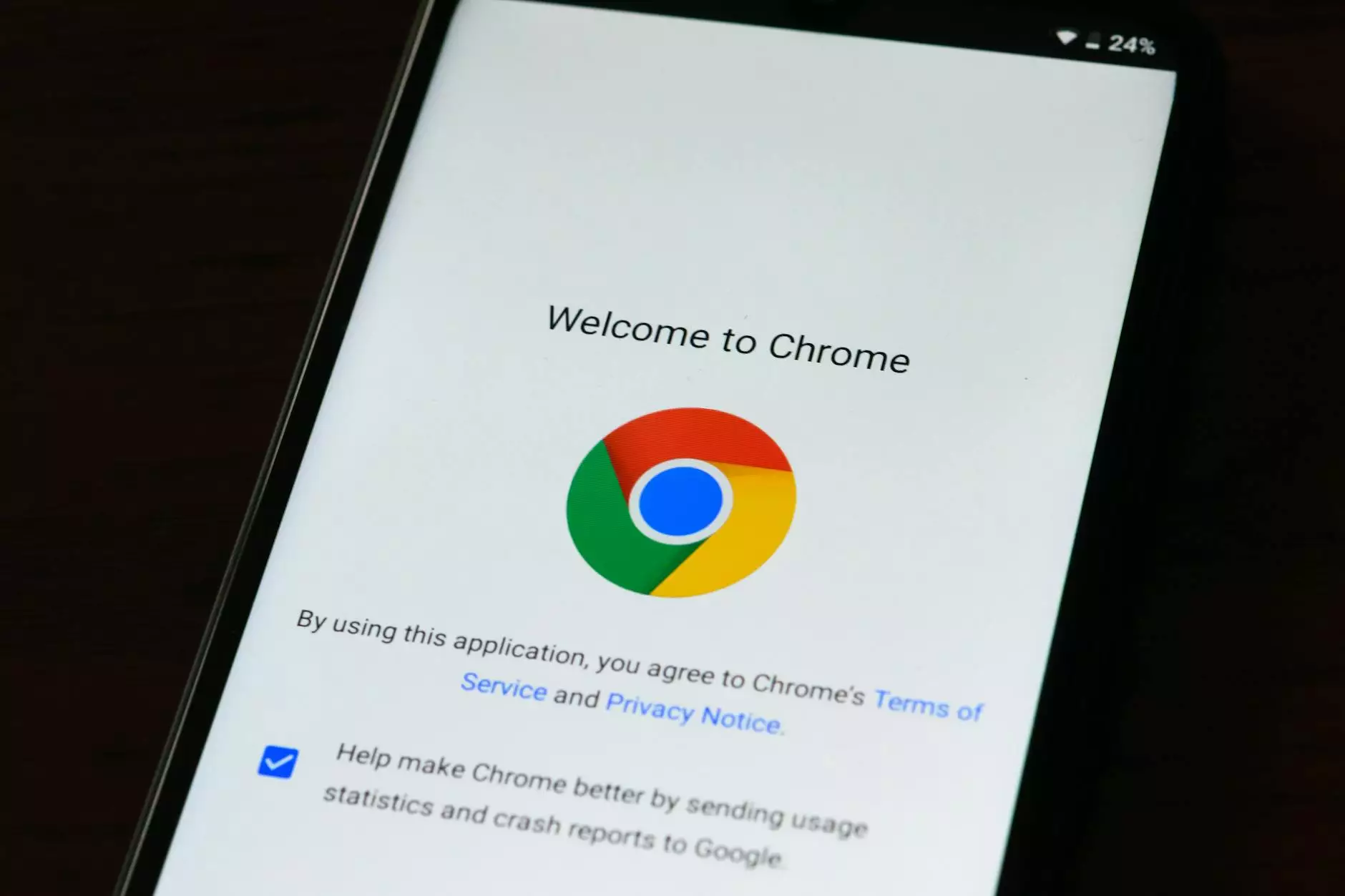Understanding Spoof Detection: A Cornerstone of Modern IT Security

What is Spoof Detection?
Spoof detection refers to a series of methodologies and technologies designed to identify malicious attempts to deceive systems, networks, or users into believing that the attacker is a legitimate entity. This is critical in preventing unauthorized access and maintaining the integrity of IT services.
The Importance of Spoof Detection in Business
In today's digital landscape, the protection against various types of cyber threats is essential for businesses. Spoof detection plays a vital role in achieving this goal. Here are some of the reasons why spoof detection is paramount:
- Protects Sensitive Data: Effective spoof detection safeguards against data breaches that could compromise sensitive information.
- Enhances Trust: When businesses implement robust spoof detection systems, they build trust with their customers by securing their data.
- Prevents Financial Loss: Spoofing can lead to significant financial damage; hence, having detection systems in place can save resources.
- Improves Compliance: Many industries have regulations that require businesses to maintain a certain level of security, including spoof detection measures.
Common Types of Spoofing You Should Know
Understanding the various forms of spoofing can assist businesses in establishing effective spoof detection systems. Here are some common types:
- Email Spoofing: This involves forging the sender’s address on email communications to trick recipients into believing the email is legitimate.
- IP Spoofing: An attacker sends packets from a false (or "spoofed") IP address, seeking to deceive the target and gain unauthorized access.
- Web Spoofing: Thieves create counterfeit websites resembling legitimate ones to capture user information.
- DNS Spoofing: This technique involves changing DNS records to redirect traffic from legitimate websites to fraudulent sites.
How Spoof Detection Works
Spoof detection employs a variety of techniques to analyze patterns and behaviors of network traffic. Here’s how it generally works:
1. Signature-Based Detection:
In this method, the system compares incoming data against known patterns of spoofing attacks. When a match occurs, it initiates a response.
2. Anomaly-Based Detection:
This involves establishing a baseline of normal behavior for the network. When deviations from this baseline occur, the system raises an alert.
3. Reputation Analysis:
The system evaluates the sources of incoming data against known reputations, blocking connections that are deemed suspicious.
Implementing Effective Spoof Detection Strategies
To effectively combat spoofing, businesses should consider implementing a multi-layered approach. Here are some strategies to enhance spoof detection:
1. Use Anti-Spoofing Software:
Invest in reputable software specifically designed to detect and mitigate spoofing attempts.
2. Regularly Update Systems:
Keeping software and systems updated ensures vulnerabilities are patched, reducing the risk of spoof attacks.
3. User Awareness Training:
Educate employees on the dangers of spoofing and how to recognize suspicious activities, especially in emails and online interactions.
4. Implement Multi-Factor Authentication (MFA):
MFA adds an additional layer of security, helping to ensure that even if credentials are compromised, unauthorized access can still be prevented.
5. Conduct Regular Security Audits:
Frequent evaluations of your security posture can help identify weaknesses in your spoof detection capabilities.
The Role of IT Services in Enhancing Spoof Detection
IT service providers play an instrumental role in helping businesses strengthen their spoof detection systems. By collaborating with a professional service like Spambrella, organizations can benefit from expert solutions and ongoing support. Here are ways in which IT services contribute:
- Customized Solutions: Tailoring spoof detection systems to meet the unique needs of a business.
- Advanced Technology: Leveraging the latest technology to deploy effective detection methods.
- 24/7 Monitoring: Continuous surveillance of network activity, enabling quick identification and response to spoofing incidents.
- Incident Response Plans: Developing structured responses to potential spoofing attacks, ensuring minimal disruption to operations.
Case Studies: Successful Spoof Detection Implementations
To comprehend the profound impact of effective spoof detection, it is helpful to analyze real-world instances where businesses have successfully implemented these strategies:
1. Healthcare Organization
A healthcare provider experienced an increase in phishing attacks masquerading as internal communications. By deploying spoof detection technology and conducting user awareness training, the organization reduced successful phishing attempts by over 70% within months.
2. Retail Company
A leading retail company faced challenges with credit card fraud stemming from spoofed websites. By implementing web spoof detection measures and regular audits, they managed to cut fraud incidents by half, protecting their customer base and reputation.
The Future of Spoof Detection in Cybersecurity
As technology evolves, so do the techniques used in spoofing. The increasing sophistication of cybercriminals highlights the necessity for ongoing advancements in spoof detection methods. Some anticipated trends include:
- AI and Machine Learning: Utilizing artificial intelligence to automate and enhance spoof detection processes.
- Improved User Authentication: Innovations in biometric technologies provide a more secure method of user verification.
- Integration of Blockchain: Ensuring data integrity and authenticity through decentralized verification processes.
Conclusion
Spoof detection is not just a technical necessity but a fundamental component of any organization’s digital security strategy. By understanding its importance, types, implementations, and the support of IT services like Spambrella, businesses can fortify their defenses against an ever-evolving landscape of cyber threats. Investing in robust spoof detection methods not only protects sensitive data but also builds a trustworthy relationship with customers, ensuring long-term success in the digital age.
For more information about enhancing your cybersecurity measures, explore our IT services and computer repair solutions at Spambrella.









